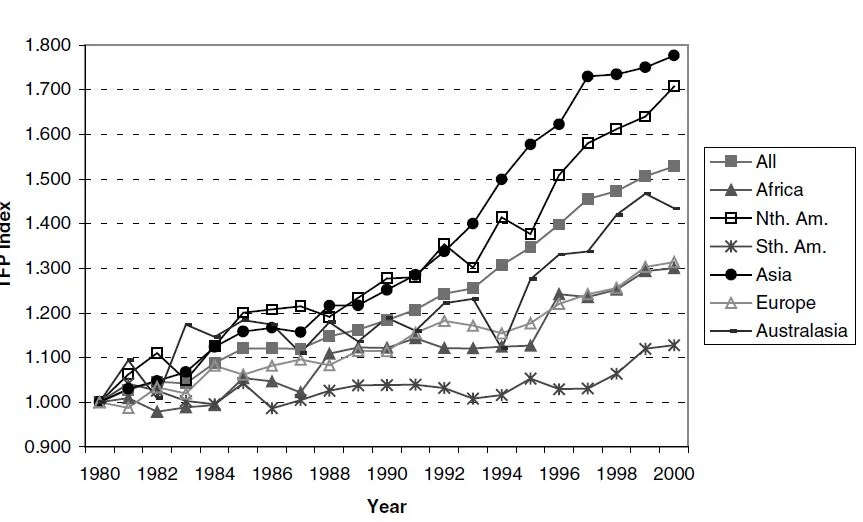As a 4-Her growing up, I was quite interested in this article in the Economist, which discusses differences in American and European farming. The article posits that American farmers are more interested in science, competition, and progress; or as seen in a more derogatory way by other countries:
Rivals in other lands have sniffy theories about why America, a rich country, is so good at producing cheap food. They paint American farmers as pawns of giant agri-corporations, bullied by market forces to produce genetically modified Frankenfoods. Lexington has not forgotten the face pulled by a French agriculture minister, interviewed during a previous posting to Europe, as he mocked America’s “aseptic” farm produce.
One of the main reasons for the difference in outlook, the author claims, is the youth organization 4-H.
4-H was born to spread hard science as well as to shape character. Some 2m children attend the group’s clubs and camps, while millions more follow 4-H programmes in schools. A big push is under way to reach more urban children, with schemes such as classroom egg incubators so that eight-year-olds learn that “chicken doesn’t come from McDonald’s”. In farm states such as Nebraska, the organisation reaches one child in three. 4-H clubs and camps form the youth wing of a partnership between government and public universities financed by gifts of federal land, dating back to the civil war and set up to transmit new technologies into every county in the union.
Visiting the Nebraska State Fair recently, Lexington toured a pavilion of 4-H projects. Some entries might be found at fairs in many countries: jars of jam, prize-winning vegetables and woodwork (your columnist frankly coveted a Perspex-fronted squirrel-feeding maze). But there was a striking emphasis on science and business, too
I'm not so sure that 4-H is a cause as much as it is a symptom of American's differential attitudes toward science, technology, independence, and business. But, whatever the reason, I have not doubt it gives us an edge.
P.S. Take a look at the comments below the article in the Economist. Many are based on faulty narratives that do not mesh with the facts (like that there are no more "real" farmers in the U.S.). But, one comment is especially worth pointing out for it's lack of economic logic. According to one comment, the Economist article is bogus because:
Agricultural output (IMF stats):
- USA: 179 $ billion for around 300 Million people. that's around $600 per person
- France: 55 $ billion for around 63 Million people. That's around $870 per person
France is the world 2nd biggest agricultural exporter with only 3% of its active population working in the agricultural sector. Do you think they achieve that without science?
Many European countries are indeed quite productive, but this line of reasoning is off base for many reasons, including:
1) The US exports about 20% of its agricultural production (and as much as 40-50% for major crops), so it is wholly inappropriate to divide the value of agricultural output by only the size of the US population; the French export a lot too (mainly to close neighbors) but not nearly as much as the US.
2) Stating production in terms of dollars (rather than output) can mislead. Many European countries (including France) have much more government involvement in the agricultural sector, which tends to drive up agricultural prices. The same bushel of wheat may have a higher (domestic) price in France than the US because of trade restrictions and government subsidies. Thus, in this kind of comparison, we want to compare bushels produced not the "value" of those bushels.
3) Such a calculation literally compares apples to oranges. US and French farmers do not produce the same commodities. Just because wine sells for a higher price (say, per pound) than does wheat, that doesn't mean French farmers are more productive. One has to take into account the volume of inputs used and the costs of those inputs if one is to make statements about relative agricultural productivity.
4) Studies that have compared differences in productivity growth over time show that the US fairs quite well relative to other countries. This study, for example, reports the following changes in total factory productivity for different countries and country-groupings. Only Asia grew faster than North American over the time period studied (and that is likely because they started at a much lower absolute level of productivity relative to North America). Europe, as you can see, experience a mush slower rate of growth in agricultural productivity.
